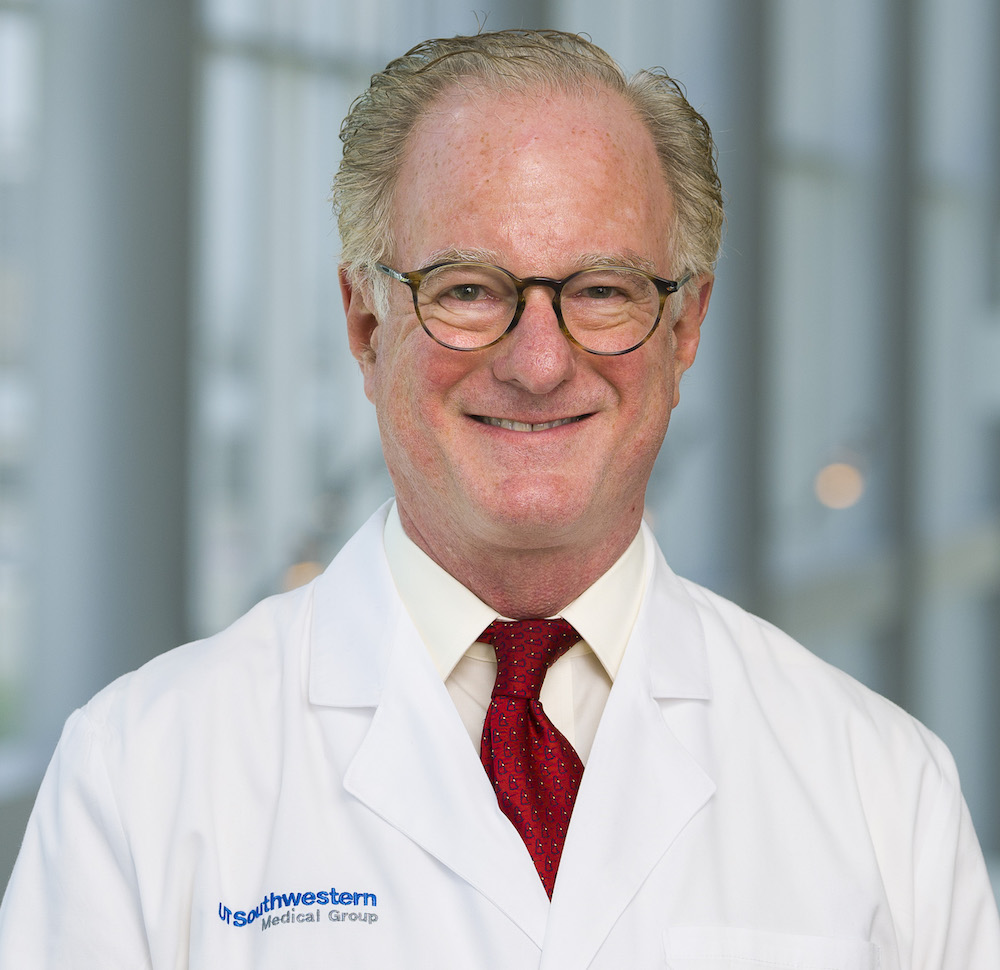Dominant form of heart failure caused by metabolic-immune interaction, review article suggests

DALLAS – March 22, 2022 – The dominant form of heart failure worldwide appears to be caused by a strong, bidirectional interaction between the body’s response to metabolic stress and the immune system, according to a review article written by UT Southwestern researchers and colleagues. The article, published in Nature Cardiovascular Research, argues for more research into this root cause to develop truly effective treatments.
“Heart failure with preserved ejection fraction affects millions of people around the globe, but we currently have little to offer these patients because the mechanisms behind it have been unknown. It’s been called the single greatest unmet need in cardiovascular medicine,” said the article’s senior author Joseph Hill, M.D., Ph.D., Professor of Internal Medicine and Molecular Biology and Chief of Cardiology at UT Southwestern. “We now have insight into this condition that we didn’t have even five years ago, observations that could lead to viable clinical targets.”
Dr. Hill explained that heart failure – the heart’s inability to effectively pump blood – comes in two broad types: heart failure with reduced ejection fraction (HFrEF), in which the amount of blood that leaves the heart with each beat declines, and heart failure with preserved ejection fraction (HFpEF), in which the heart is unable to fill with blood to capacity. While HFrEF has long been the most common form, HFpEF – which is associated with obesity, diabetes, and other components of metabolic syndrome – has grown in prevalence over the last several decades and overtaken HFrEF as the most common form.
Numerous treatments exist for various types of HFrEF, but these interventions have no discernible effect on HFpEF. This is because the two conditions are caused by different underlying mechanisms, said Dr. Hill, a topic that his lab has studied for years. Although HFpEF can be improved through weight loss, losing weight is something that many individuals struggle with, he added, prompting the need for treatments.
In the review article, Hill and his colleagues outline findings made over the past several years that point to joint metabolic and immune dysfunction as the root cause of HFpEF. For example, fat tissue secretes inflammatory molecules that migrate to the heart, recruiting immune cells evident in heart biopsy samples from individuals with HFpEF. At the same time, heart toxicity caused by overuse of fatty acids as fuel in individuals with metabolic syndrome appears to stimulate an immune response, leading to a vicious cycle.
Crosstalk between fat tissue, the immune system, and the heart appears to amplify both immune and metabolic stress, ultimately causing the heart to fail over time. But how this crosstalk occurs, the effects it produces, and how to block them remain unclear, Dr. Hill said. Research into this new field of immunometabolism is shedding some light on these questions, but more research will be necessary to produce effective interventions for HFpEF patients, he added.
“Research from our lab and others is raising possibilities of therapeutic targets that need to be investigated,” Dr. Hill said. “There’s a reasonable chance that we could have therapies available for this intractable condition within the next decade.”
U.S. News and World Report ranks UT Southwestern as the No.1 hospital in Texas for Cardiology and Heart Surgery and No.11 in the nation.
Dr. Hill holds the James T. Willerson, M.D., Distinguished Chair in Cardiovascular Diseases and the Frank M. Ryburn Jr. Chair in Heart Research.
Thomas G. Gillette, Ph.D., Associate Professor of Internal Medicine at UT Southwestern, contributed to the review article.
This work was supported by grants from the DZHK (German Centre for Cardiovascular Research); the Deutsche Forschungsgemeinschaft (German Research Foundation, SFB-1470–A02), IMI2-CARDIATEAM (no. 821508); the Netherlands Cardiovascular Research Initiative, Dutch Cardiovascular Alliance CVON2016-Early HFPEF, 2015-10, CVON She-PREDICTS, no. 2017-21; National Institutes of Health (HL144477, HL122309, HL126012, HL128215, HL120732, HL147933 and HL155765), and the American Heart Association (19TPA34910006).
About UT Southwestern Medical Center
UT Southwestern, one of the nation’s premier academic medical centers, integrates pioneering biomedical research with exceptional clinical care and education. The institution’s faculty has received six Nobel Prizes, and includes 25 members of the National Academy of Sciences, 17 members of the National Academy of Medicine, and 14 Howard Hughes Medical Institute Investigators. The full-time faculty of more than 2,800 is responsible for groundbreaking medical advances and is committed to translating science-driven research quickly to new clinical treatments. UT Southwestern physicians provide care in more than 80 specialties to more than 117,000 hospitalized patients, more than 360,000 emergency room cases, and oversee nearly 3 million outpatient visits a year.
